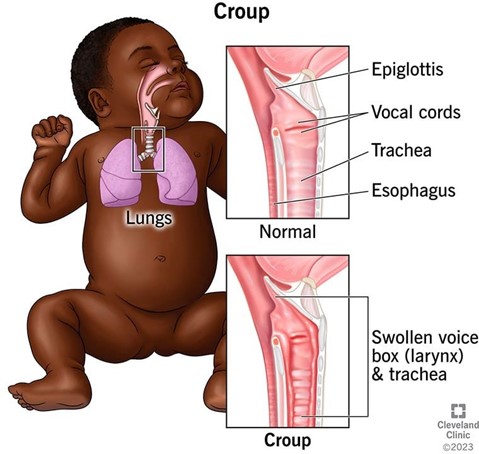A client tells the practical nurse (PN) that she has a family history of cancer and has increased the amount of dairy products in her diet to reduce her risk of getting cancer. How should the PN respond?
Encourage the client to get plenty of exercise as well as the dietary change.
Remind the client to make sure the dairy products are fortified with Vitamin D.
Suggest that an increase in fruits and vegetables is more beneficial.
Provide written information about the seven warning signs of cancer.
The Correct Answer is C
The correct answer is Choice C:
Suggest that an increase in fruits and vegetables is more beneficial.
Choice C rationale:
While dairy products do provide essential nutrients like calcium and vitamin D, there is no strong evidence to suggest that increasing dairy intake alone will significantly reduce the risk of cancer. On the other hand, fruits and vegetables are known to be rich in antioxidants and phytochemicals that have been associated with a reduced risk of cancer. Therefore, suggesting an increase in fruits and vegetables is a more evidence-based approach to reducing cancer risk.
Choice A rationale:
Encouraging exercise is a good recommendation for overall health, but it does not directly address the client's concern about reducing cancer risk. Focusing on a balanced diet, including plenty of fruits and vegetables, is more relevant to the client's specific concern.
Choice B rationale:
Reminding the client about Vitamin D-fortified dairy products may be helpful for addressing Vitamin D intake, but it doesn't necessarily address the broader concern of reducing cancer risk. Moreover, the link between dairy and cancer risk reduction is not as well-established as the benefits of fruits and vegetables.
Choice D rationale:
Providing information about cancer warning signs is important for cancer awareness but doesn't address the client's current dietary choices and concerns about cancer prevention. The focus should be on evidence-based dietary recommendations to reduce cancer risk.
Nursing Test Bank
Naxlex Comprehensive Predictor Exams
Related Questions
Correct Answer is D
Explanation
This is the finding that the PN should instruct the postpartum client to report to the charge nurse because it may indicate an infection, such as endometritis, mastitis, or urinary tract infection, that requires prompt treatment.
The PN should also instruct the client to monitor for other signs of infection, such as foul-smelling lochia, redness or tenderness of the breasts, or dysuria.

Correct Answer is C
Explanation
Croup is a respiratory infection that causes inflammation and narrowing of the airway, resulting in a barking cough, hoarseness, and stridor. The PN should monitor the child's oxygen saturation level via pulse oximetry, as it can indicate the severity of the airway obstruction and the need for supplemental oxygen or other interventions.

The other options are not correct because:
A. Instructing the mother to play with the child for stimulation and distraction may worsen the child's condition, as it can increase his respiratory demand and anxiety.
B. Administering a dose of acetaminophen as needed may help reduce fever or pain, but it does not address the underlying cause of croup or improve airway patency.
D. Encouraging the child to drink adequate amounts of fluids may help prevent dehydration and thin the secretions, but it does not relieve the inflammation or narrowing of the airway.
Whether you are a student looking to ace your exams or a practicing nurse seeking to enhance your expertise , our nursing education contents will empower you with the confidence and competence to make a difference in the lives of patients and become a respected leader in the healthcare field.
Visit Naxlex, invest in your future and unlock endless possibilities with our unparalleled nursing education contents today
Report Wrong Answer on the Current Question
Do you disagree with the answer? If yes, what is your expected answer? Explain.
Kindly be descriptive with the issue you are facing.
